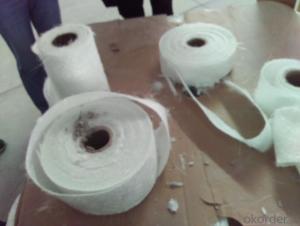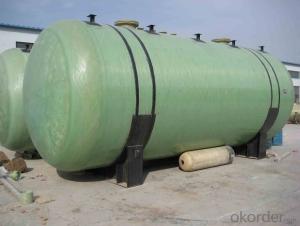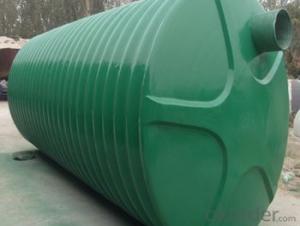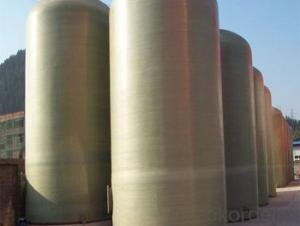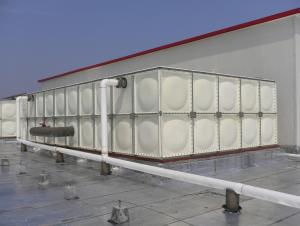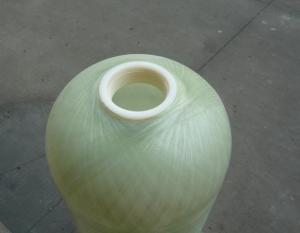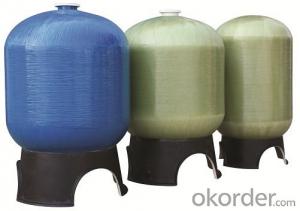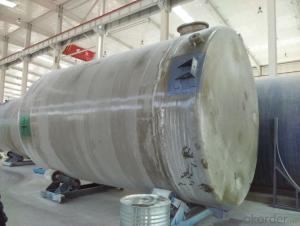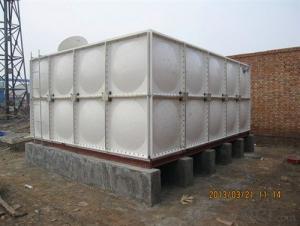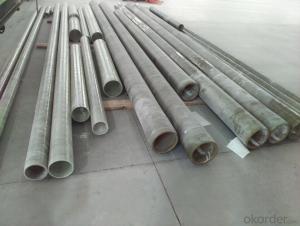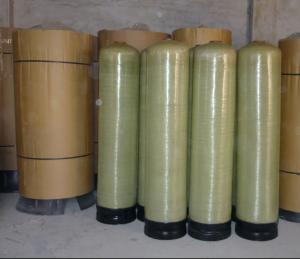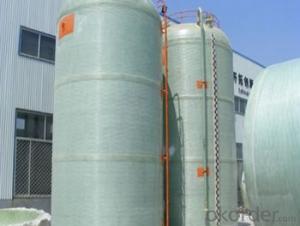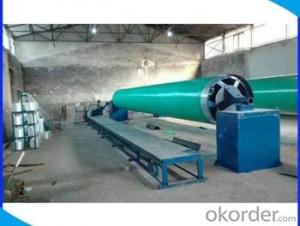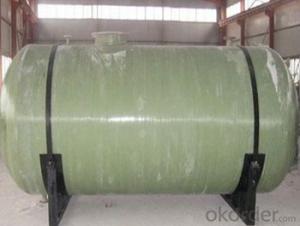All Categories
- - Steel Wire Rod
- - Steel Coils
- - Steel Profiles
- - Steel Pipes
- - Stainless Steel
- - Tinplate
- - Special Steel
- - Steel Sheets
- - Steel Rebars
- - Steel Strips
- - Hot Rolled Steel
- - Cold Rolled Steel
- - Pre-painted Steel
- - Seamless Steel Pipe
- - Welded Steel Pipe
- - Hollow Steel Tubes
- - Galvanized Pipe
- - Stainless Steel Coil
- - Stainless Steel Sheet
- - Stainless Steel Plate
- - Stainless Steel Strips
- - Electrolytic Tinplate Coil
- - Electrolytic Tinplate Sheet
- - Stainless Steel Rebars
- - Solar Panels
- - Solar Water Heater
- - Solar Related Products
- - Solar Inverter
- - Solar Cells
- - Solar Light
- - Solar Energy Systems
- - Solar Controllers
- - Solar Mounting System
- - Solar Pump
- - Solar Chargers
- - Fiberglass Chopped Strand
- - Fiberglass Mesh Cloth
- - Composite Pipes
- - FRP Pultrusion Profiles
- - Fiberglass Mat Tissue
- - Fiberglass Fabrics
- - Fiberglass Mesh
- - Composite Tank
- - Fiberglass Mesh tape
- - Polymer
- - FRP Roofing Panel
- - Fiberglass Roving
- - Monolithic Refractories
- - Ceramic Fiber Products
- - Refractory Bricks
- - Raw Materials For Refractory
- - Suspended Platform
- - Cranes
- - Concrete Machinery
- - Earthmoving Machinery
- - Building Hoist
- - Road Building Machinery
- - Plastic Pipe Fittings
- - Plastic Tubes
- - Plastic Sheets
- - Agricultural Plastic Products
- - Plastic Nets
 All Categories
All Categories
Q & A
Are there any considerations for designing composite tanks for underground storage in earthquake-prone regions?
Yes, designing composite tanks for underground storage in earthquake-prone regions requires several considerations. First, the tanks should be designed to withstand the seismic forces generated during an earthquake. This involves selecting appropriate materials and reinforcement techniques to ensure structural integrity. Additionally, the tanks should be designed to minimize the risk of leakage or rupture, as this could lead to environmental contamination. Special attention should be given to the tank's anchorage system to prevent overturning or sliding during an earthquake. It is also important to consider the impact of ground shaking on the surrounding soil and potential settlement or ground deformation. Overall, a comprehensive design approach that incorporates seismic analysis, material selection, and structural integrity is necessary for designing composite tanks in earthquake-prone regions.
What is the role of computer simulations in composite tank design?
Computer simulations play a crucial role in composite tank design by allowing engineers to accurately predict and analyze the performance and behavior of these tanks under various conditions. Simulations help in optimizing the material selection, structural design, and manufacturing processes, ensuring the tank meets the required strength, weight, and safety standards. Furthermore, simulations enable engineers to simulate and assess different failure scenarios, leading to improved designs and reduced development costs. Overall, computer simulations are invaluable tools that enhance the efficiency and reliability of composite tank design.
Can composite tanks be used to store compressed gases?
Yes, composite tanks can be used to store compressed gases. Composite materials, such as carbon fiber reinforced polymers, offer high strength and low weight, making them suitable for storing gases under high pressure. These tanks can provide safety, durability, and corrosion resistance, making them an excellent choice for various applications requiring compressed gas storage.
Wholesale Composite Tank from supplier in Kiribati
Our team of experts is knowledgeable about the specific requirements and regulations in Kiribati, ensuring that our Composite Tanks meet all necessary standards. We offer tanks in various sizes and configurations, suitable for a wide range of applications, including water storage, chemical storage, and wastewater treatment.
When you choose our Composite Tanks, you can expect high-quality products that are durable, corrosion-resistant, and lightweight. Our tanks are manufactured using advanced composite materials, which offer superior strength and longevity compared to traditional materials such as steel or concrete. Additionally, our tanks are easy to install and maintain, reducing downtime and ensuring efficient operation.
In addition to supplying Composite Tanks, we also provide comprehensive after-sales support. Our team can assist you with installation guidance, troubleshooting, and maintenance advice, ensuring that your tanks continue to perform optimally throughout their lifespan. We are committed to building long-term relationships with our customers and providing ongoing support for their projects.
Whether you are in need of a single tank or require a complete tank system, we have the capabilities to fulfill your requirements. Our experienced sales team can provide you with detailed quotations tailored to your specific needs, ensuring that you receive the most cost-effective solution. We also offer flexible delivery options to Kiribati, ensuring that your tanks reach you in a timely manner.
At CNBM, we prioritize customer satisfaction and strive to exceed expectations with our products and services. Contact us today to discuss your Composite Tank needs in Kiribati and let us assist you in finding the perfect solution for your project.
When you choose our Composite Tanks, you can expect high-quality products that are durable, corrosion-resistant, and lightweight. Our tanks are manufactured using advanced composite materials, which offer superior strength and longevity compared to traditional materials such as steel or concrete. Additionally, our tanks are easy to install and maintain, reducing downtime and ensuring efficient operation.
In addition to supplying Composite Tanks, we also provide comprehensive after-sales support. Our team can assist you with installation guidance, troubleshooting, and maintenance advice, ensuring that your tanks continue to perform optimally throughout their lifespan. We are committed to building long-term relationships with our customers and providing ongoing support for their projects.
Whether you are in need of a single tank or require a complete tank system, we have the capabilities to fulfill your requirements. Our experienced sales team can provide you with detailed quotations tailored to your specific needs, ensuring that you receive the most cost-effective solution. We also offer flexible delivery options to Kiribati, ensuring that your tanks reach you in a timely manner.
At CNBM, we prioritize customer satisfaction and strive to exceed expectations with our products and services. Contact us today to discuss your Composite Tank needs in Kiribati and let us assist you in finding the perfect solution for your project.
Hot Search
- Fiberglass Chopped Strand in Morocco
- Fiberglass Mesh Cloth in Nicaragua
- Composite Pipes in Mozambique
- FRP Pultrusion Profiles in Bahrain
- Fiberglass Mat Tissue in Peru
- Fiberglass Fabrics in Iceland
- Fiberglass Mesh in Switzerland
- Composite Tank in Ghana
- Fiberglass Mesh tape in Ireland
- Polymer in Nauru


